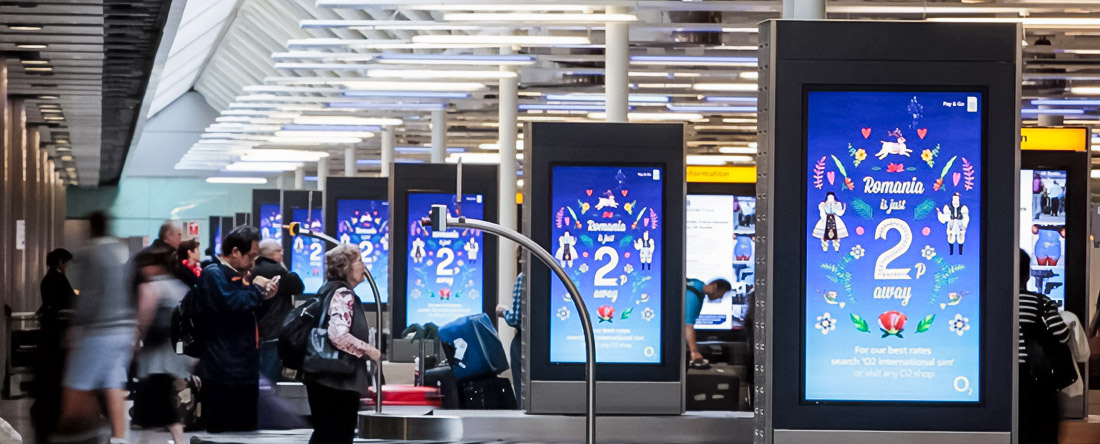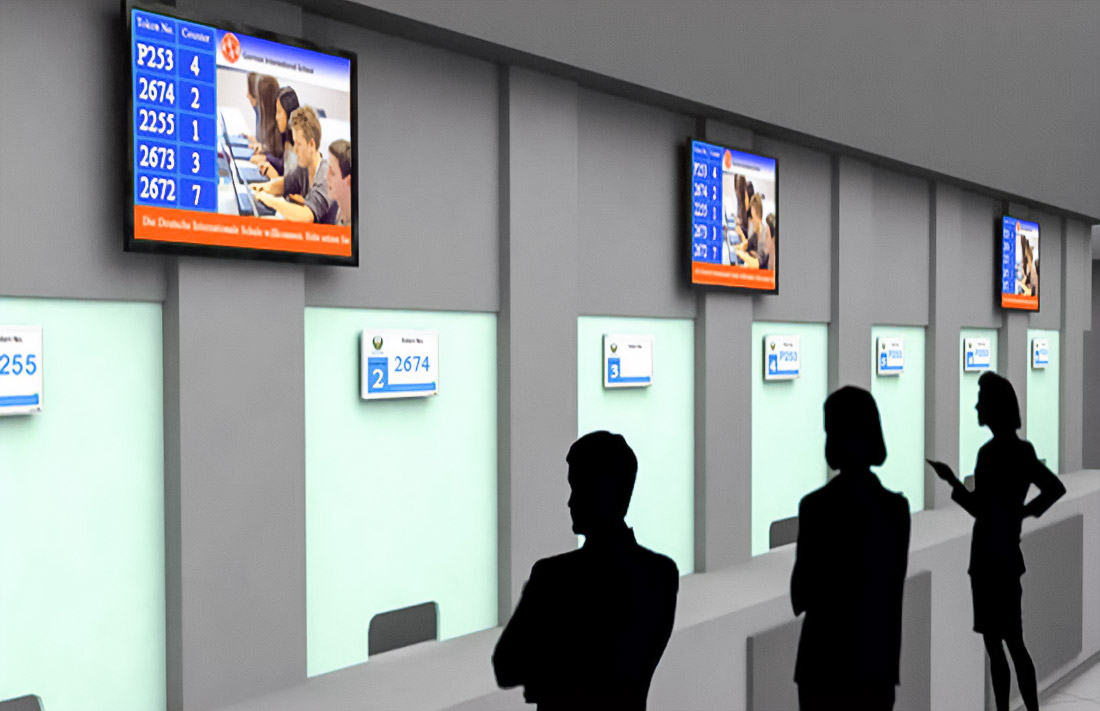The Digital Revolution In Marketing Middle East: Potential, Technologies, And Perspectives
Digital signs, also known as digital signage, — are not just screens that display content. They are one of the most important tools in modern marketing, which helps brands communicate with audiences through visual forms. Historically, they began as static screens, but today, they have transformed into interactive means of communication thanks to the rapid development of technologies. For decades, these screens were used to show pre-recorded content, but now they can provide active interaction with consumers. digital signage uae
History of digital signs in the Middle East: From simple screens to smart solutions

From the beginning 2000s, significant growth in the Middle East occurred in the implementation of digital technologies, which coincided with the growth economy and construction shopping centers. Initially, it was simple screens showing prepared content beforehand, but with increased investments in IT infrastructure, they became more complex and multifunctional.
- Beginning 2000s: Implementation simple digital screens.
- 2010s: Emergence smart cities, such as Dubai and Abu Dhabi, where began using adaptive systems display content.
Newest trends and successful examples
Today, digital signs have reached a new level thanks to context-oriented systems. These systems adapt the content in real time with the use of data from sensors and other sources. Statistics market digital signs
- Example from shopping center Dubai: Campaign, where data about flows visitors used to adapt content, increased conversions and client loyalty by 25%.
- Trade networks use sensors to determine the greatest density of visitors and change content signs accordingly, showing actual offers.
Technological achievements in digital signage
Digital signs today rely on technologies such as the Internet of Things (IoT), artificial intelligence (AI), and data analytics to provide the best content audience. Research Internet of Things
- IoT: Data collected in real-time for adaptation content.
- AI: Prediction preferences audience and conducting A/B tests in real time.
Successful cases in UAE show that signs in airports adapt content depending on the nationality and language of passengers, which improves client experience by 30%.
Cultural features and their influence on content
Cultural diversity region also plays a significant role in the successful adaptation of digital signs. Consideration of cultural and religious features contributes to more effective interaction with the audience.
- For example, during Ramadan, brands actively adapt their offers, considering national traditions, to win the trust and loyalty of clients.
Future digital signs: Potential and discoveries
Market digital signage in the Middle East rapidly grows and offers limitless opportunities for business and society. Future behind technologies, such as 5G, augmented reality (AR), and virtual reality (VR), can make content even more engaging and interactive.
- In the near future, it is expected that digital signs can provide maximally personalized messages, involving clients and increasing their satisfaction by 40%.
- Increasing investments in smart cities and the use of AR and VR will open new horizons for innovations in marketing.
Digital signs on Middle East transformed from passive means into active tools interaction thanks achievements in area IoT and AI. Consideration cultural factors on this market makes them not only marketing tool, but also means cultural integration. These signs become key element in marketing and advertising on Middle East, bringing benefit as business, so and society.

Basketball fan, ramen eater, fender owner, Eames fan and creative consultant. Acting at the nexus of minimalism and purpose to save the world from bad design. I work with Fortune 500 companies and startups.
